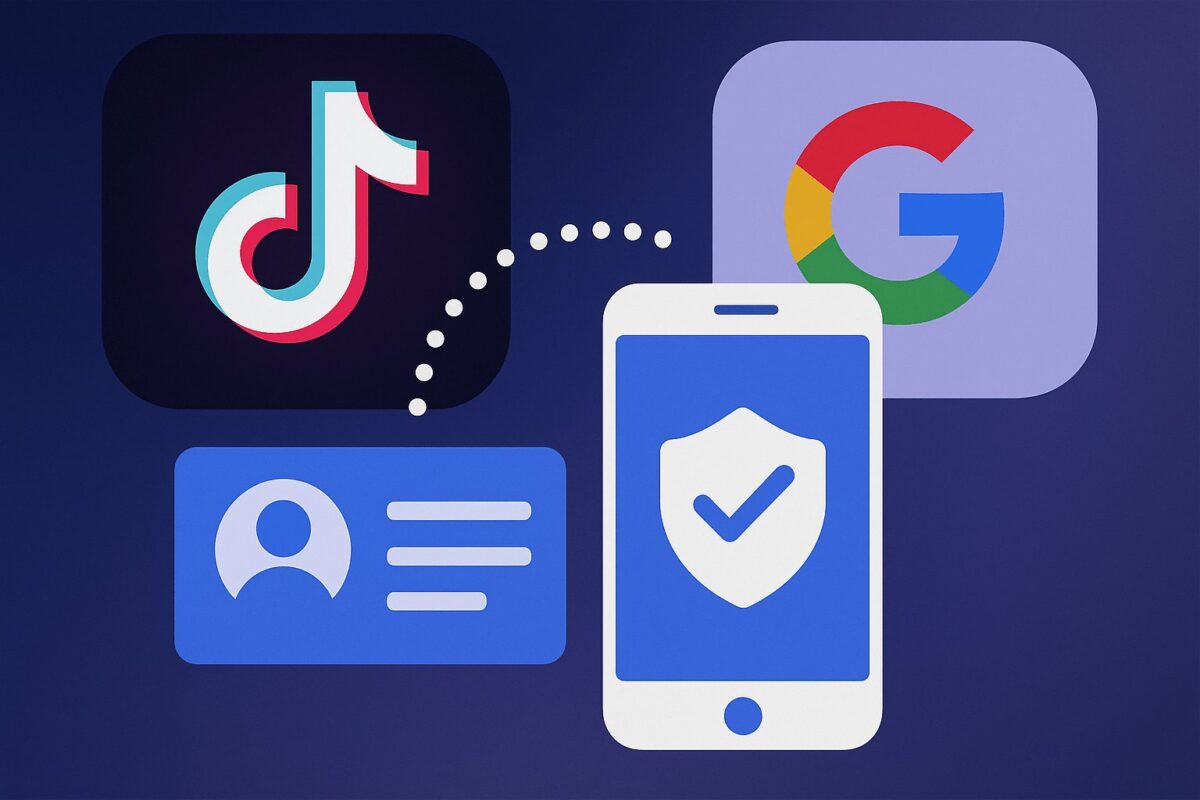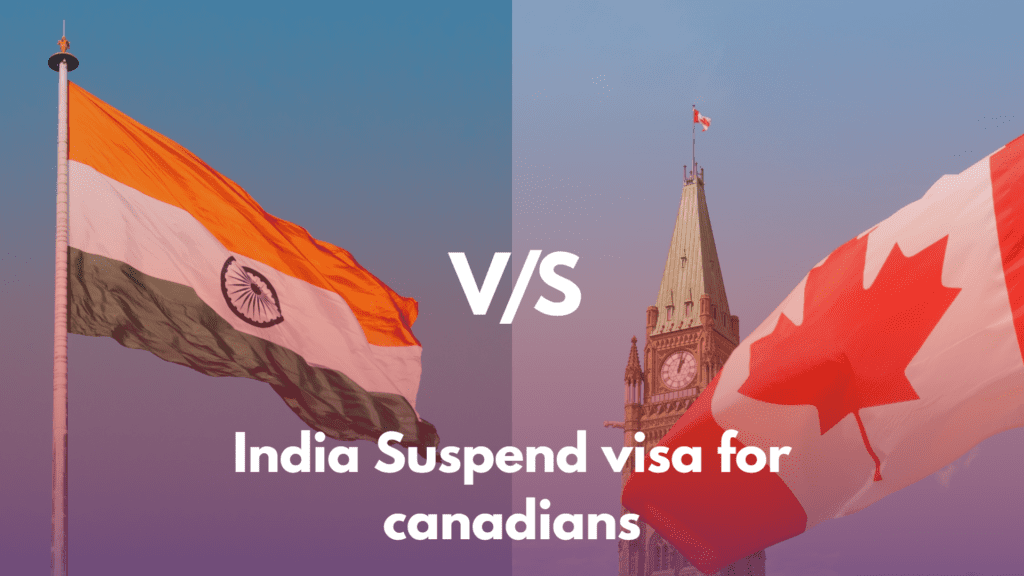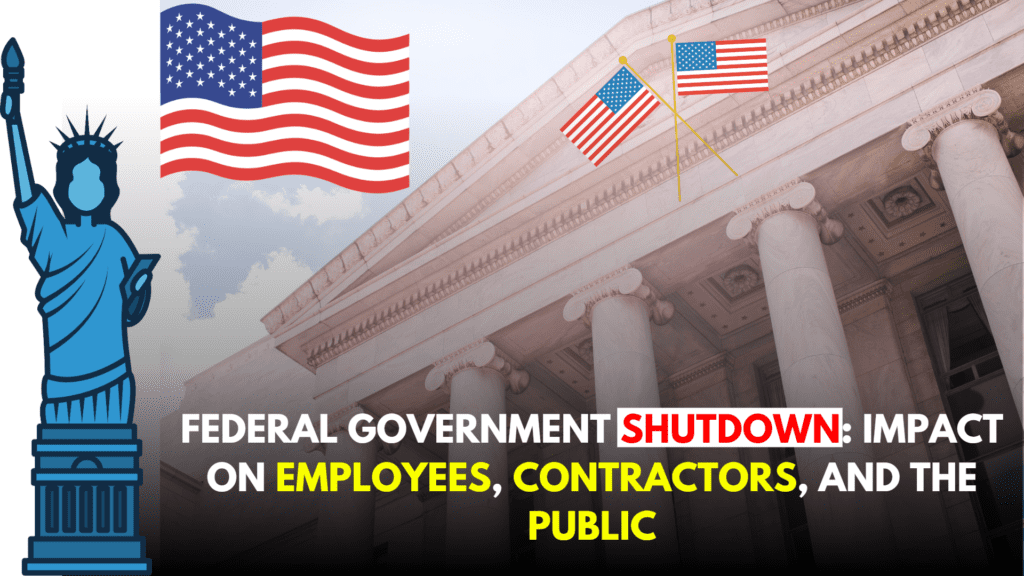In an era when digital spaces have become extensions of our daily lives, governments worldwide are wrestling with how to protect minors from harmful content without stifling free expression. One of the most controversial measures under consideration is mandatory age verification simply to scroll through social media feeds or browse typical websites. From the UK’s impending Online Safety Act to pilot programs in Australia, Singapore, and parts of the EU, age-gating the internet has moved from fringe idea to mainstream policy debate. This blog explores the motivations, methods, and implications of requiring users to prove their age before accessing digital content—and considers whether the benefits outweigh the costs.
Why Age Verification Is Gaining Momentum
Protecting Children from Harmful Content
Concerns about cyberbullying, sexual exploitation, hate speech, and extremist propaganda have put pressure on policymakers to shield minors. Studies show that early exposure to illicit content can lead to psychological trauma, risky behavior, and even radicalization. Age verification is viewed as a blunt but effective tool to prevent children from encountering:
- Adult-oriented images or videos
- Self-harm or suicide encouragement
- Targeted grooming by predators
- Misinformation and extremist recruitment
Addressing the “Attention Economy”
Social media platforms design algorithms to maximize user engagement, often at the expense of mental health. Children are particularly vulnerable to infinite-scroll feeds, which can foster addiction, anxiety, and depression. By gating access based on age, regulators hope to:
- Encourage platforms to develop child-safe experiences (e.g., simplified feeds, time limits)
- Shift the responsibility for monitoring youth behavior from parents solely onto digital service providers
Legal and Moral Imperatives
Countries have long recognized that certain media—like R-rated films or gambling sites—require age checks. The same principle is being extended online:
- Under the UN Convention on the Rights of the Child, nations must safeguard youth from online harms.
- Digital Services Acts in the EU and similar laws in Canada emphasize child protection.
- In the UK, the Online Safety Act 2023 gives Ofcom the power to mandate age verification on “age-inappropriate” content.
How Age Verification Works: Methods and Technologies
1. Document Verification
Users upload government-issued IDs (passport, driver’s license), which are checked against databases. Pros include high accuracy; cons involve privacy risks, potential identity theft, and exclusion of those without IDs.
2. Credit Card or Mobile Payment Checks
A small refundable charge to a card or mobile account confirms adulthood. While simple, it excludes underbanked populations and fails to protect teens with access to family cards.
3. Biometric Screening
Facial recognition compares a live selfie with ID photos or evaluates apparent age. Biometric methods can be seamless but raise significant data-protection and bias concerns—especially for less common ethnicities or LGBTQ+ youth.
4. Knowledge-Based Authentication (KBA)
Questions about publicly available information (e.g., historical events) or customized quizzes. KBA is lower-friction but easier to circumvent and less reliable.
5. Trusted Third-Party Verification
Specialized services (e.g., Yoti, AgeChecked) vouch for user age across multiple websites, reducing repetitive checks. This federated approach balances convenience and security—if users trust the third party’s data handling.
Suggested: The Facebook Meta Lawsuit: Social Media and Its Impact on Children’s Mental Health
Case Study: The United Kingdom’s Online Safety Act
Scope and Enforcement
Enacted in late 2023, the UK’s Online Safety Act mandates that platforms “take proportionate steps” to prevent minors from accessing adult content. Ofcom, the UK regulator, can issue fines up to 10% of global revenue for non-compliance.
Requirements
- Risk assessments for age-restricted material
- Age verification systems on sites featuring pornography, extreme violence, or gambling
- Reporting mechanisms for underage access attempts
- Complaints processes for users and parents
Industry Response
Major platforms like Facebook, X (formerly Twitter), and TikTok have piloted voluntary age checks for new users. Some smaller blogs and forums balk at the cost of compliance, fearing burdensome technical and legal overhead.
Global Perspectives: Policies in Other Regions
European Union
Under the Digital Services Act (DSA), Member States must protect minors from “illegal and harmful” content. While the DSA stops short of blanket age verification, it empowers national authorities to require it for specific categories, such as violent or sexual content.
Australia
The Australian Communications and Media Authority (ACMA) is testing a tiered approach: age verification for high-risk sites, while promoting “digital literacy” programs for parents and schools.
United States
In the U.S., no federal law mandates age verification across social media—yet. Instead, legislators in California and New York are proposing bills modeled on the UK’s framework. Platforms face a patchwork of state regulations if these pass.
Asia-Pacific
- Singapore: The Infocomm Media Development Authority (IMDA) requires age checks for online streaming of R21 content.
- South Korea: Has long enforced age checks for gaming and alcohol adverts; now exploring expansion to all social platforms.
- India: Recent draft rules suggest identity-based age verification for any “intermediary service” hosting user-generated content.
Balancing Safety with Privacy and Freedom
Privacy Concerns
Collecting sensitive personal data—ID scans, biometrics—poses significant risks:
- Data breaches could expose minors to identity theft.
- Surveillance creep: Age checks may be repurposed for political or commercial profiling.
- Exclusion: Homeless youth, refugees, and low-income families may lack IDs or smartphones.
Free Speech and Anonymity
Mandating verification conflicts with the principle of online anonymity, which protects dissenters, whistleblowers, and vulnerable voices. Overbroad enforcement could pressure platforms to throttle user-generated content, chilling expression.
Technical and Financial Barriers
Small businesses and independent creators may not afford robust age-verification tech, potentially consolidating the market in favor of big players (Facebook, Google, Microsoft).
Best Practices and Mitigation Strategies
- Minimal Data Collection
Adopt “privacy by design”—collect only what’s strictly necessary (e.g., age range rather than exact birthdate). - Decentralized Verification
Encourage federated identity frameworks (e.g., national eID schemes) so users verify once, then reuse credentials across sites. - Parental Controls and Education
Empower parents with tools to monitor and limit screen time, combined with digital literacy curricula in schools. - Tiered Approach
Differentiate between low-risk content (general social media) and high-risk content (adult or graphic material), applying rigorous checks only where needed. - Transparency and Oversight
Regular audits by independent bodies to ensure age-verification services respect data protection laws and do not discriminate.
The Road Ahead: Evolving Policies in 2025 and Beyond
As technology and social norms evolve, age-verification policies will likely become more sophisticated:
- AI-driven anomaly detection may spot suspicious underage accounts without explicit ID checks.
- Blockchain-based attestations could provide privacy-preserving proof of age.
- International standards (e.g., ISO/IEC) might emerge to harmonize approaches across borders.
However, true progress depends on multistakeholder collaboration—governments, industry, civil society, and users must strike a balance between protecting minors and preserving digital rights.
Conclusion
Mandatory age verification for scrolling through the internet represents a seismic shift in how we conceive of online safety. While well-intentioned, these measures carry significant implications for privacy, free expression, and market competition. As the UK, EU, Australia, and others move forward with new laws, it’s crucial to design age-verification systems that are effective yet unobtrusive, secure yet privacy-preserving, and flexible yet fair. Only then can we build a digital ecosystem where children are safeguarded—and everyone else can browse freely without fear.









